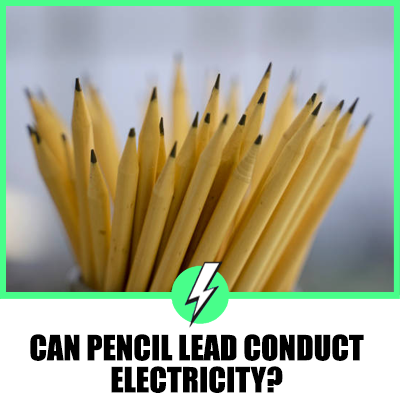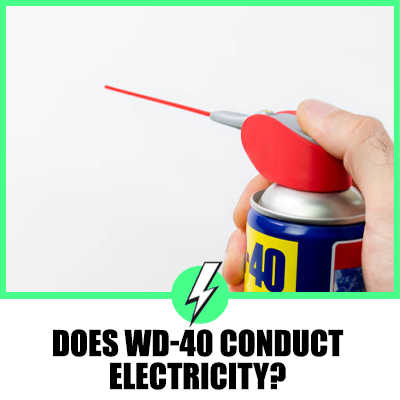Can Pencil Lead Conduct Electricity? A Detailed Examination
The world of electricity is filled with fascinating phenomena and unexpected conductors.
One such conductor that often surprises people is the humble pencil.
This article will delve into the intriguing question: Can pencil lead conduct electricity?
We’ll also explore related questions about lead, wooden pencils, and the conductive properties of pencils.

Contents
Can Lead Conduct Electricity?
The term “pencil lead” is somewhat misleading, as pencils do not contain actual lead.
Instead, the “lead” in pencils is made of graphite, a form of carbon.
Graphite is a moderately good conductor for a non-metal, although it’s not on par with metals like copper and silver.
Graphite’s conductivity is a bit complicated due to its crystal structure, which forms flat hexagonal flakes.
It conducts considerably better along the plane of these crystals than through it.
This is an important fact to consider for both UK and US audiences.
For instance, in the UK, graphite was first discovered in the Lake District in the 16th century and was initially used for sheep marking.
In the US, the use of graphite became widespread in the 19th century with the development of a process to make graphite core pencils.
Does a Wooden Pencil Conduct Electricity?
A wooden pencil as a whole is not a good conductor of electricity.
The wood that surrounds the graphite lead is an insulator, meaning it does not conduct electricity well.
However, the graphite within the pencil does conduct electricity.
So, if you were to remove the graphite from the pencil and use it on its own, it would conduct electricity.
This is a key safety consideration.
For example, in the UK and US, where DIY and home improvement projects are popular, understanding the conductive properties of materials like wood and graphite can help prevent electrical accidents.
Is Pencil a Insulator or Conductor of Electricity?
A pencil is both a conductor and an insulator.
The graphite “lead” in the pencil is a conductor, while the wood surrounding the lead is an insulator.
The graphite in the pencil lead is an excellent conductor of electricity, but it is poorly conductive when it comes to heat.
Harder pencil leads, such as those labeled 6H, will have higher resistance and thus be worse conductors than softer leads.
This information is particularly relevant for artists and designers who often use different types of pencils in their work.
In both the UK and US, understanding the properties of the tools you’re using can lead to innovative applications and techniques.
Is a Graphite Pencil a Good Conductor of Electricity?
Yes, a graphite pencil is a good conductor of electricity.
Graphite, the material that makes up the “lead” in a pencil, is a good conductor of electricity.
Graphite is made up of many layers of carbon atoms stacked on top of one another.
This structure allows electrons to flow freely, making graphite conductive.
This property of graphite has led to its use in a variety of applications.
For example, in the UK, graphite is used in the nuclear industry as a neutron moderator.
In the US, graphite is used in the manufacture of steel and in lubricants.
Insights from Online Discussions
Online discussions reveal a variety of perspectives and experiences related to this topic.
Some users on Quora discuss the conductive properties of pencil lead, noting that it’s a moderately good conductor for a non-metal.
An article on UPS Battery Center explains that graphite, the material in pencil lead, is a conductor of electricity.
It also mentions that the wood surrounding the graphite is an insulator.
A detailed post on Thing Everything also confirms that pencils, due to their graphite content, act as conductors of electricity.
These discussions highlight the widespread interest in this topic, from professional scientists to curious individuals in both the UK and US.
Conclusion
The world of electricity is full of surprises, and the conductive properties of pencil lead are a perfect example.
While the wood of a pencil acts as an insulator, the graphite within is a good conductor of electricity.
Whether you’re in the UK, where graphite was first discovered in the Lake District, or in the US, where pencils are a staple in every school and office, understanding the properties of everyday objects like pencils can provide fascinating insights into the world of electricity.
Remember, the world around us is filled with scientific wonders.
Even something as simple as a pencil can lead to a deeper understanding of the principles that govern our universe.





